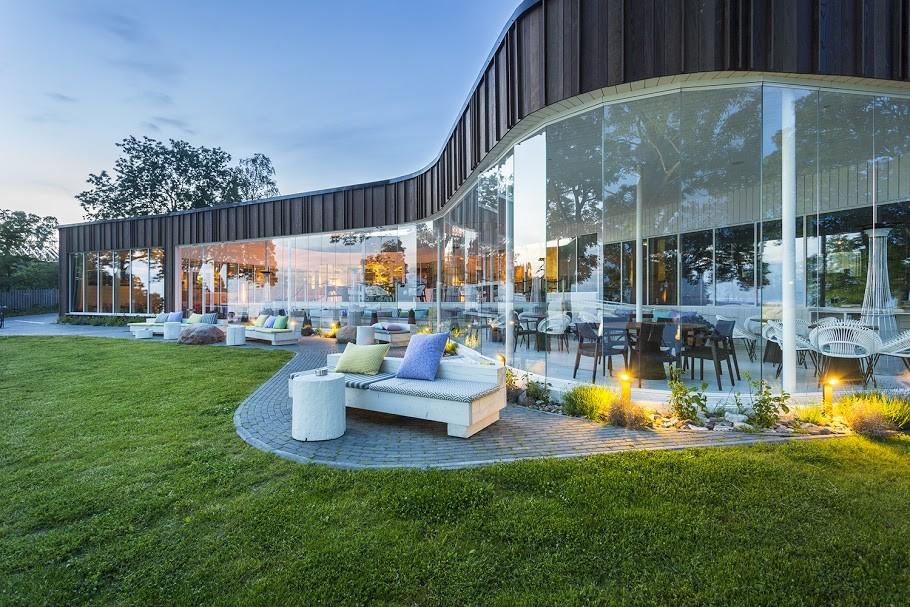Noa Chef’s Hall and 180 Degrees restaurants in Tallinn were on 25 May awarded with a Michelin star each – the first Estonian dining establishments to receive such an honour; in total, 31 restaurants in Estonia are now included in the Michelin Guide.
The French-founded Michelin Guide, the world’s most prestigious culinary guide, announced its expansion to Estonia in April, with the guide’s inspectors carrying out incognito visits to the country’s restaurants. On 25 May, the guide unveiled the first Michelin starred restaurants in Estonia.
Noa Chef’s Hall, part of Noa restaurant, and 180 Degrees in Tallinn were awarded with a Michelin star each, the first restaurants in Estonia to receive such an honour. Five Bib Gourmand awards were given to Härg, Lore Bistroo, Mantel and Korsten, and Noa – all in Tallinn – and Fellinn in Viljandi.
In addition, twenty-four restaurants in Estonia were awarded the Michelin Plate – recognising restaurants that “simply serve good food”: 38, CRU, Gianni, Fii, Fotografiska, Hõlm, Joyce, Horisont, Lahepere Villa, Lee, Mere 38, Mon Repos, Moon, Paju Villa, Põhjaka Manor, Pull, Puri, R14, Rado, Ruhe, Smak, Tchaikovsky, Tuljak and Wicca.
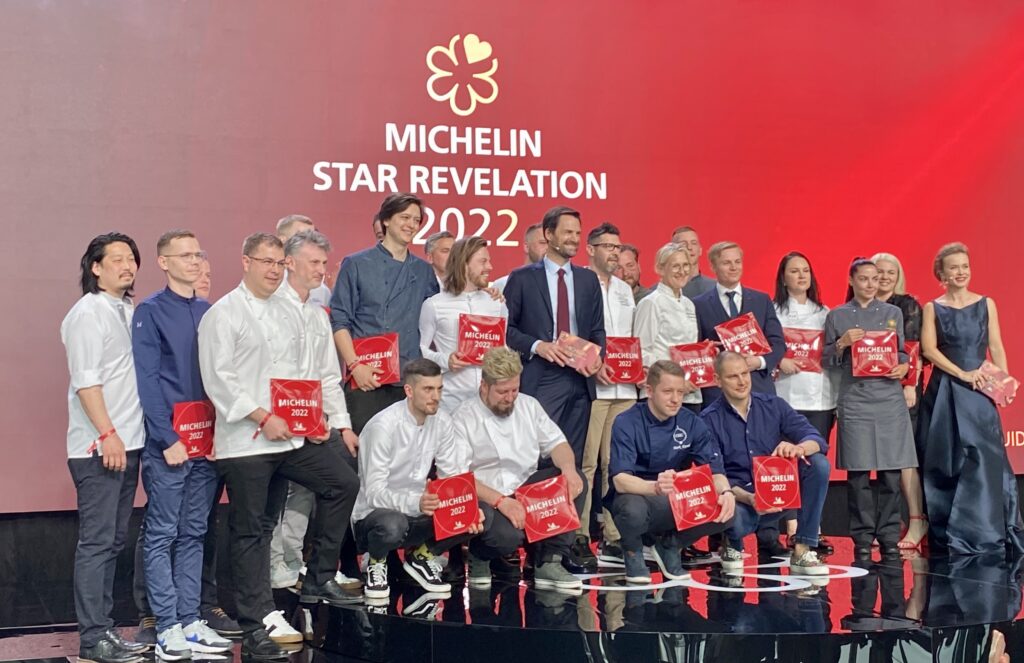
Lahepere Villa in Kloogaranna, near Tallinn, received a special award for a good service by Michelin. The special sommelier award went to Robert Põld at Noa Chef’s Hall. The Michelin Green Stars, recognising restaurants that offer sustainable food, were given to Fotografiska and Põhjaka Manor.
“Estonia is one of those countries that our inspectors have been scrutinising with curiosity for several years. After many months spent crisscrossing the country, from Tallinn to Tartu, from Mäeküla to Kloogaranna, they discovered a teeming culinary scene, full of quality establishments and diverse cuisine,” Gwendal Poullennec, the international director of the Michelin Guides, said at the award ceremony. “Highlighting talented chefs and professionals who play on both classic Estonian and international repertoires, this first selection of restaurants is a wonderful invitation to discover a fascinating gastronomic destination.”
Estonia’s first Michelin-starred restaurants
180° is a fine dining restaurant located in the historical Port Noblessner and serving a modern European menu.
It was set up by Berlin-born German chef, Matthias Diether, who found his passion for cooking by helping out at his uncle’s restaurant during weekends and school holidays. He gained his professional knowledge with the German chefs Lothar Eiermann, Harald Wohlfahrt and Dieter Müller, and managed gourmet kitchens in Dubai for the Ritz Carlton, the Emirates Palace and the Shangri-La.
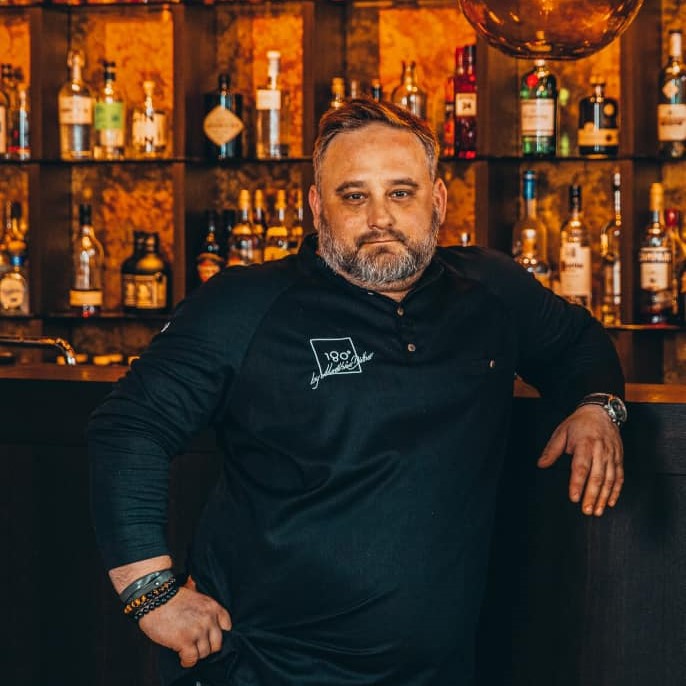
In 2010, Diether founded his signature restaurant, First Floor, in Berlin, where he was able to perfect the cooking style which he is known for today. In 2016, he came to work as the head chef for Pädaste manor’s restaurant Alexander in Estonia’s Muhu island – where he found inspiration in Estonia’s regional cuisine – and in 2018 opened his own dining establishment, 180° in Noblessner.

Noa Chef’s Hall, part of Noa restaurant by the Pirita seaside with a wonderful view of the Tallinn skyline, serves a modern European menu. Noa is arguably the only restaurant in Tallinn that has an aquarium, using it for, well, seafood.
Its executive chef and restaurateur Tõnis Siigur has more than 25 years of experience in the restaurant business. He has been voted the best chef in Estonia several times throughout his career.
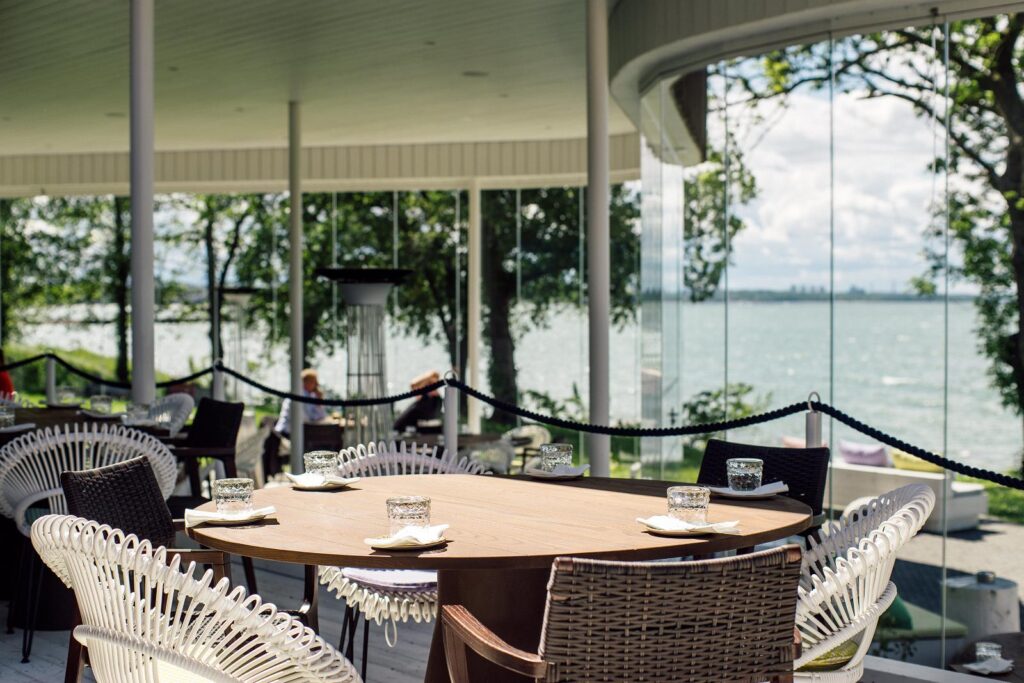
A historical guide
The Michelin Guide is historically closely related to the namesake French tyre company – the second largest tyre manufacturer in the world.
The story goes back to Clermont-Ferrand in central France in 1889, when brothers Andre and Edouard Michelin founded their eponymous tyre company, fuelled by a grand vision for the French automobile industry at a time when there were fewer than 3,000 cars in the country.
In order to help motorists develop their trips – thereby boosting car sales and in turn, tyre purchases – the Michelin brothers produced a small guide filled with handy information for travellers, such as maps, information on how to change a tyre, where to fill up on fuel, and, for the traveller in search of respite from the adventures of the day, a listing of places to eat or take shelter for the night.

For two decades, all that information came at no cost. Until at one day, Andre Michelin arrived at a tyre shop to see his beloved guides being used to prop up a workbench. Based on the principle that “man only truly respects what he pays for”, a brand-new Michelin Guide was launched in 1920 and sold for seven francs.
In 1926, the guide began to award stars for fine dining establishments, initially marking them only with a single star. Five years later, a hierarchy of zero, one, two, and three stars was introduced, and in 1936, the criteria for the starred rankings were published.
One star stands for “a very good restaurant in its category”, two stars for “excellent cooking, worth a detour”, and three stars for “exceptional cuisine, worth a special journey”.
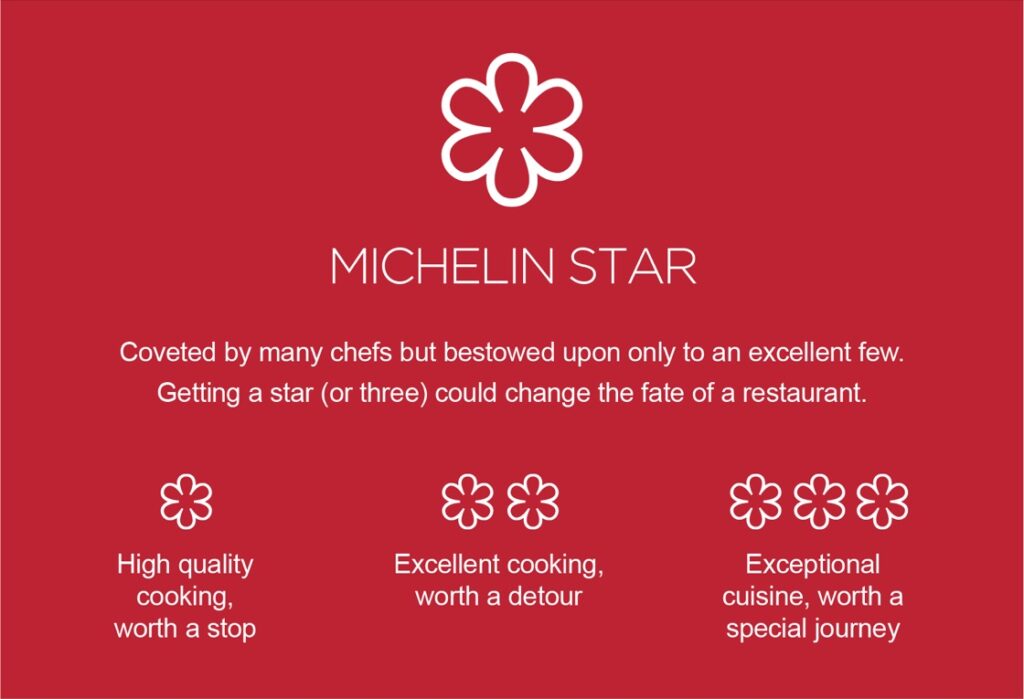
Since 1997, the Michelin Guide has also given the Bib Gourmand award – named after Bibendum, the official company mascot for the Michelin Group – the restaurants without stars but offering good quality and good value.
In 2016, another indicative symbol was added to the guide, a plate with a knife and fork beside it. “The plate” stands for a restaurant that serves dishes that are capably prepared and consist of fresh ingredients.
The first in the Baltics
Michelin has gone to extraordinary lengths to maintain the anonymity of its inspectors. Many of the company’s top executives have never met an inspector; inspectors themselves are advised not to disclose their line of work, even to their parents – who might be tempted to boast about it.
In all the years that it has been putting out the guide, Michelin has refused to allow its inspectors to speak to journalists.
The inspectors’ assessment is based on five rating criteria: quality of products, mastery of flavour and cooking techniques, the personality of the chef represented in the dining experience, harmony of flavours and consistency between inspectors’ visits.
The Michelin Guide now rates over 30,000 establishments in 37 territories across three continents.
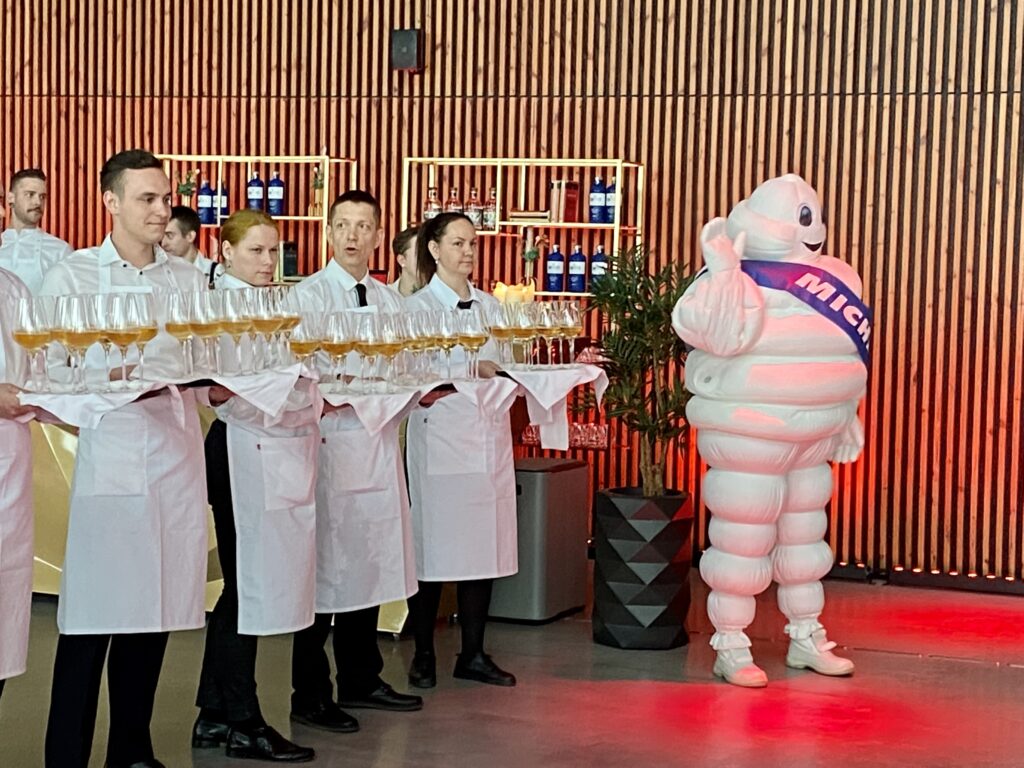
As of 2021, France has the highest number of Michelin-starred restaurants in the world – a whopping 632 of them. Japan is ranked second, with 413 restaurants, followed by Italy (363), Germany (305), and Spain (212). The most decorated chef by the Michelin Guide is a French chef Alain Ducasse, who in total holds 17 Michelin stars in his restaurants across the world.
Estonia has become the first of the Baltic countries to be included in the Michelin Guide. Finland has seven restaurants that has been awarded a star by Michelin. Sweden has a single three-star Michelin restaurant, four two-star restaurants and 14 one-star restaurants.

